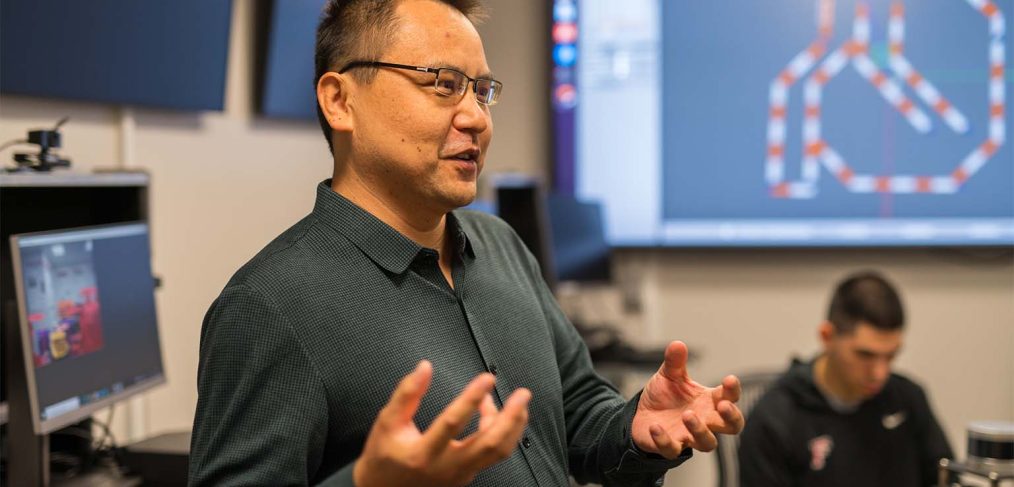
Connecticut Space Grant Consortium Awards Funding for Groundbreaking Engineering Research
The NASA Connecticut Space Grant Consortium (CTSGC) has recognized Fairfield University’s School of Engineering and Computing with prestigious research grants and scholarships. These awards highlight innovative projects and academic excellence that align with NASA’s mission objectives.
In fall 2024, Naser Haghbin, PhD, assistant professor of the practice of mechanical engineering and Sidike Paheding, PhD, assistant professor of computer science received funding for their groundbreaking work, as did graduate students Gabriel Grant ’24 and Gerald Malloy ’24, and undergraduates Eric Dillner ’25 and Joseph Borges ’25.
Dr. Haghbin’s project, “Dynamic Object Tracking and Handling in a Vision-Guided Robotic Arm,” advances the capabilities of autonomous robotics by implementing real-time object detection, dynamic path adjustment, and responsive control systems for a robotic manipulator. By utilizing a vision-based tracking system, designing algorithms for path optimization, and programming a gripper for precise interactions, his research addresses critical challenges in automation. The outcomes aim to refine planetary sample collection, streamline spacecraft assembly and repair, and assist astronauts in high-risk scenarios.
Dr. Paheding brings a fresh perspective to planetary exploration through his research project “Transferring Knowledge Across Planets: Domain Adaptation for Martian Surface Mapping.” This project seeks to improve surface mapping of Mars by applying advanced semi-supervised domain adaptation techniques to Earth-based terrain data. By addressing the differences between Earth and Mars, it will create specialized terrain models tailored to Martian environments.
These models are essential for enhancing autonomous rover navigation, enabling safer and more efficient exploration of planetary surfaces. The research also aligns with NASA’s Exploration Systems Development Mission Directorate, advancing broader space exploration goals and supporting future missions to the Red Planet.
Author Credit: Sara Colabella
Image Credit: Fairfield University
Original Post Date: Dec. 5, 2024

